

The steamOS UI uses a decent bit of power by itself, but that power drain goes away completely once you’re in game (you can get much better power life in low power games like Stardew than you can on the steam library screen for example).
I’m guessing this turns off the UI while downloading, which should drop power usage a fair bit. However downloading itself can be quite power consuming, so there’s definitely going to be some drain still.
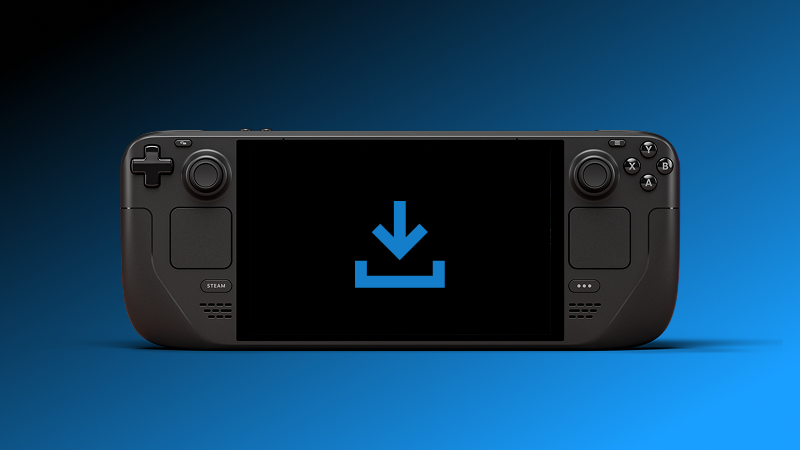

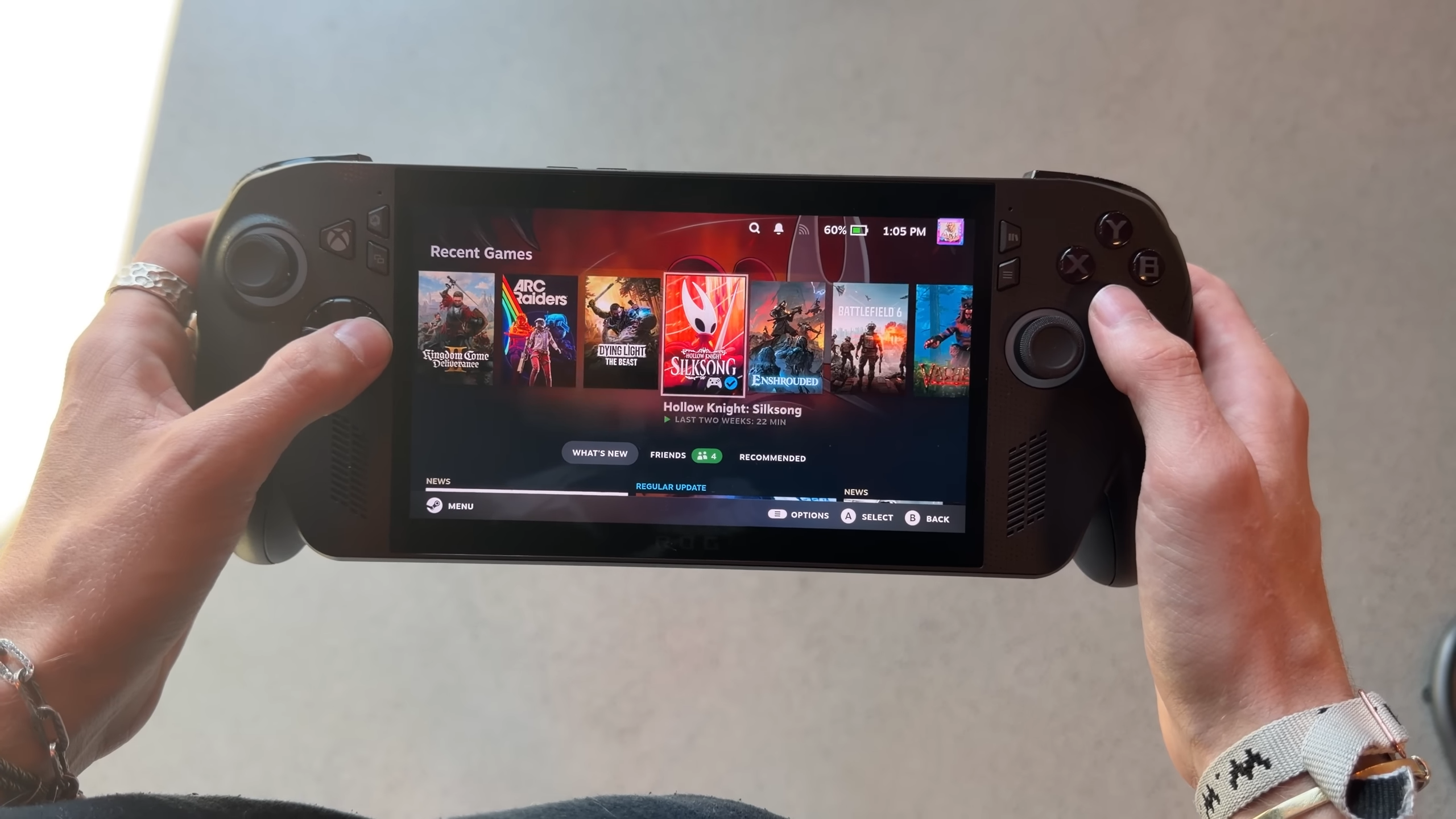



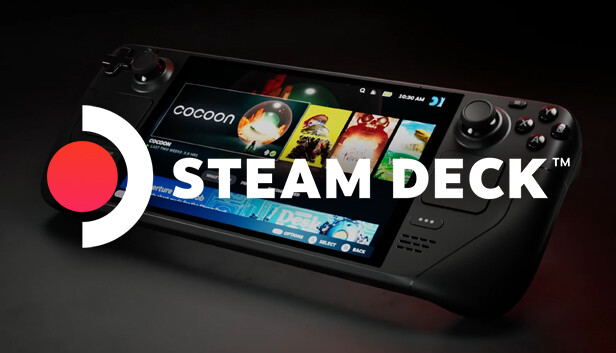
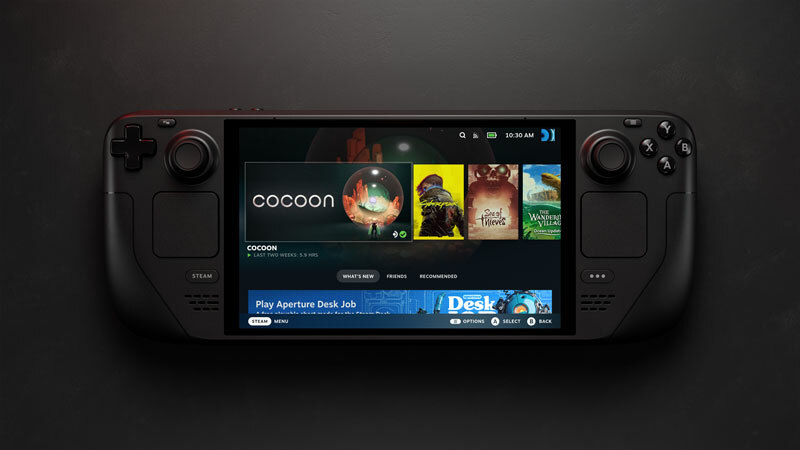



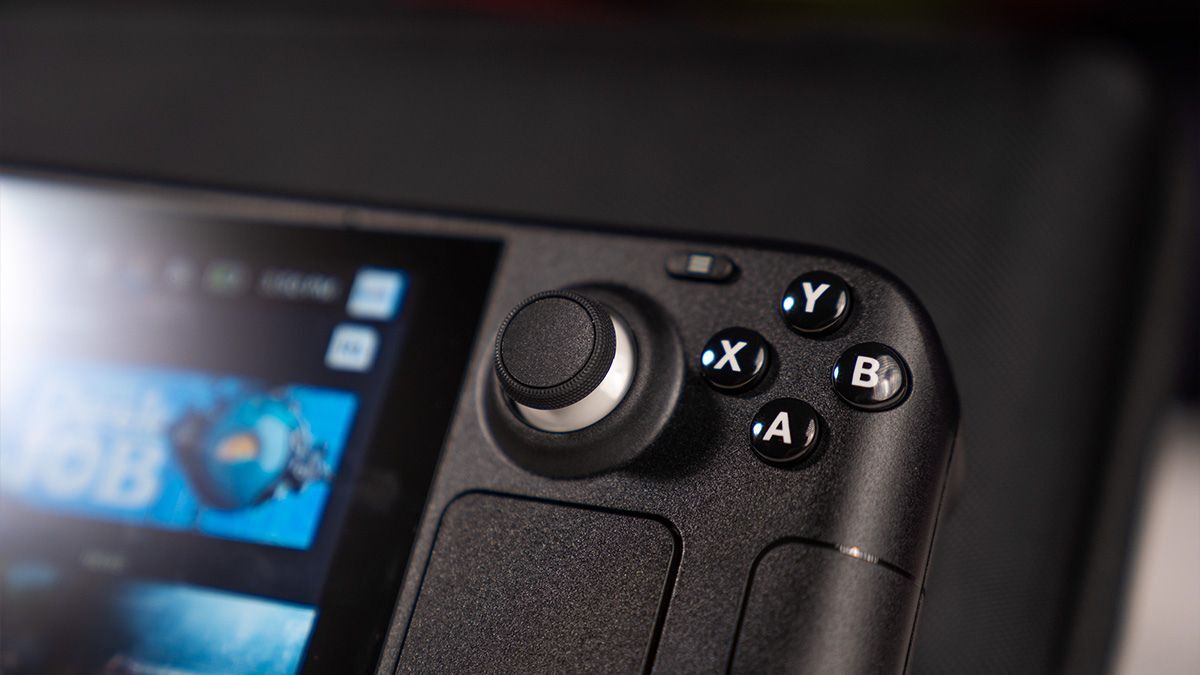

That’s the default mode, you have to manually toggle a setting before it will do it on battery.